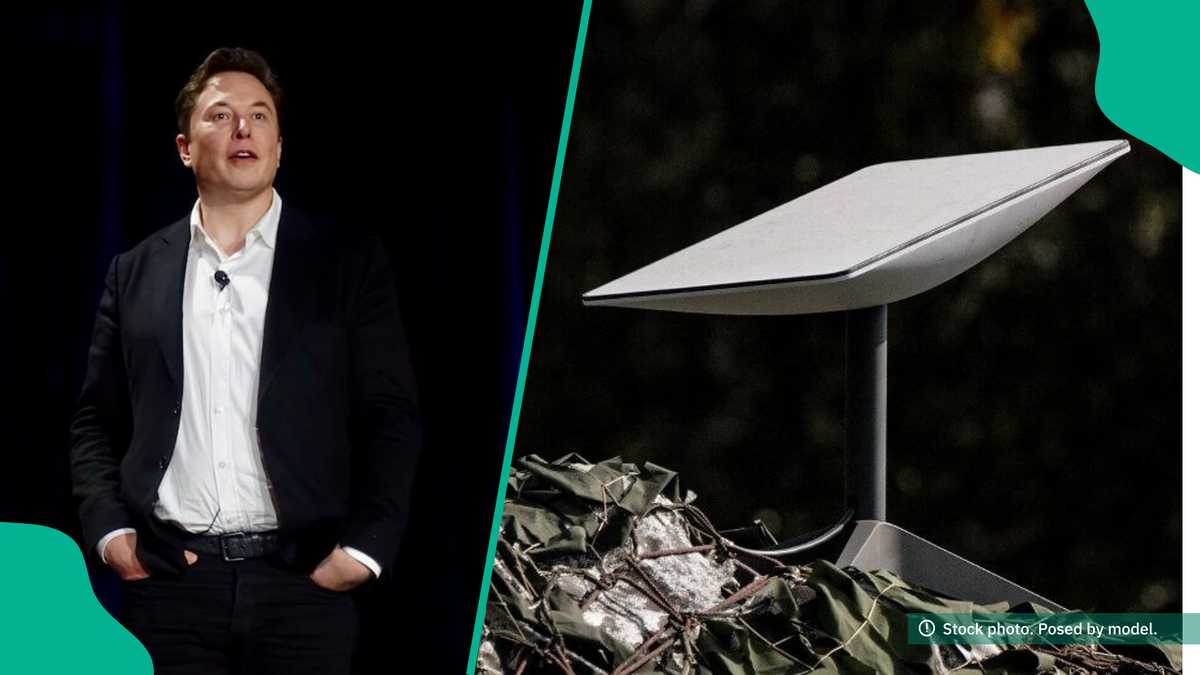Targeting The Heart With AI

Cardiologist doctor examine patient heart functions and blood vessel on virtual interface. Medical ... More technology and healthcare treatment to diagnose heart disorder and disease of cardiovascular system.
gettyIt’s one thing to talk about what AI will do in healthcare – they use cases and applications that will change the face of that field.
It’s something else to describe how this will happen – how the body’s systems interact with the technology in ways that can, frankly, be pretty amazing.
Our bodies are immensely complex – very sophisticated machines with literally dozens of functional systems put together in a unified whole. That’s not to mention the immense structure of the human brain, which Marvin Minsky famously characterized as hundreds of machines working together in his Society of the Mind book, as well as his legacy of work at MIT.
Just take the heart – the body‘s largest muscle, and responsible for keeping us alive by pumping blood through the body in particular ways.
With its multiple chambers, its complex system of veins and arteries, its electrical impulses and more, the heart is in some ways enigmatic and difficult for clinicians to work on.
The gold standard for cardiac evaluation is the EKG; at least, it has been for decades.
But what if AI and other technologies could find new ways of getting cardiac information, and new ways of diagnosing and processing it for patient care?
Recently, my colleague, Daniela Rus, director of the MIT CSAIL lab, interviewed SandboxAQ CEO Jack Hidary at Imagination in Action this spring. They talked about specifically that: how quantum technology and artificial intelligence could be used to innovate heart care.
Prior to that, though, Hidary talked about other medical use cases, pointing out, for example, that 85% of clinical trials fail, and that specific strategies with AI can save enormous amounts of time and money in looking at how proteins bind to receptors, or other outcomes.
Prior to going into the specifics of new AI heart treatment Hidary referenced CUDA (Compute Unified Device Architecture) which is a parallel computing platform created by NVIDIA that allows developers to use some of the company’s hardware for general-purpose and scientific computing. That’s going to be relevant here. He also talks about tensors, in aid of explaining how teams can “put quantum on GPUs” - he also mentioned quantum sensors, which are new ways to gather information by using quantum science for precision in data handling. That’s where this theory on cardiology care comes in.
The EKG assesses the electric field of the heart. A new quantum and AI method, Hidary suggested, would instead focus on the magnetic field of the heart. This could come through the body in a very direct and full way, in order to provide better and more detailed data.
Think of it as a type of lossless signal compression that will deliver better data to cardiac assessment.
“This is something that is melding AI and quantum together,” he said. “You can't do one without the other.”
Here’s how he described the process:
“Your skin conductance is very indirectly related to your heart,” Hidary said. “Those wires (in the new system) are not on your heart itself. They're on your skin, but the magnetic field comes through the cavity of the body, undisturbed, unperturbed, intact in 360 degrees, (in data) around us that is a beautiful, pristine, high-density information view of the heart, unlike the EKG, which is very indirect and often has many false positives and many, many false negatives.”
In listening to Hidary talk, you get the idea that we may be on the verge of revolutionary new kinds of heart treatments that rely on the intersection of quantum and AI to see what’s really happening inside of a person‘s body.
This resource from Campanile Cardiology talks about changing care from reactive to proactive, and using pattern recognition and predictive power for early detection.
The author also covers efforts to figure out the heart’s “real age” or biological age based on conditions like plaque buildup.
Or you can take this set of predictions from JACC, notwithstanding the medical-ese in which they’re written:
· AI-enabled technologies are increasingly integrated into cardiovascular practice and investigation.
· Over the next decade, we envision an AI-propelled future in which the cardiovascular diagnostic and therapeutic landscape will effectively leverage multimodal data at the point of care.
· Innovations in biomedical discovery and cardiovascular research are also set to make the future of cardiovascular care more personalized, precise, and effective.
· The path to this future requires equitable and regulated adoption that prioritizes fairness, equity, safety, and partnerships with innovators as well as our communities and society.
In any case, it looks like we are close to unlocking new types of healthcare with the technologies at our disposal. And these are brand new.
Five years ago, ten years ago, nobody was writing about these things, because they didn’t functionally exist. What we’ve discovered is a new expanse of uncharted waters. That’s going to keep us busy for quite a while.



-1750674961400.jpg)







